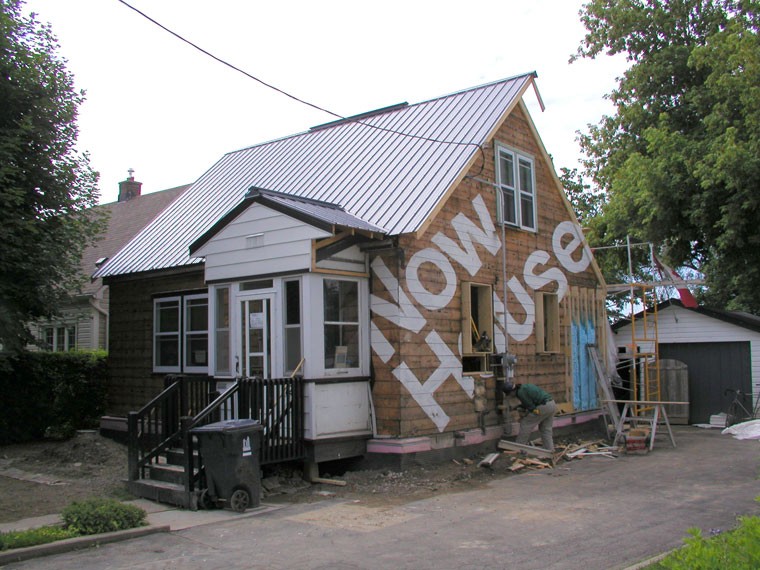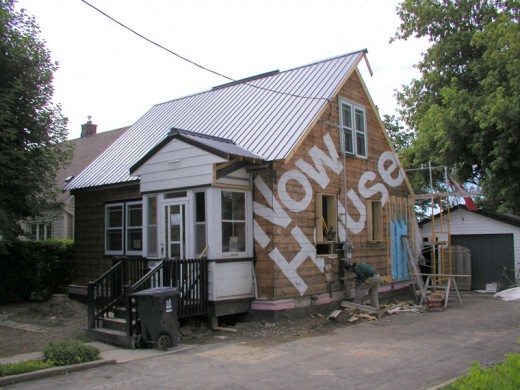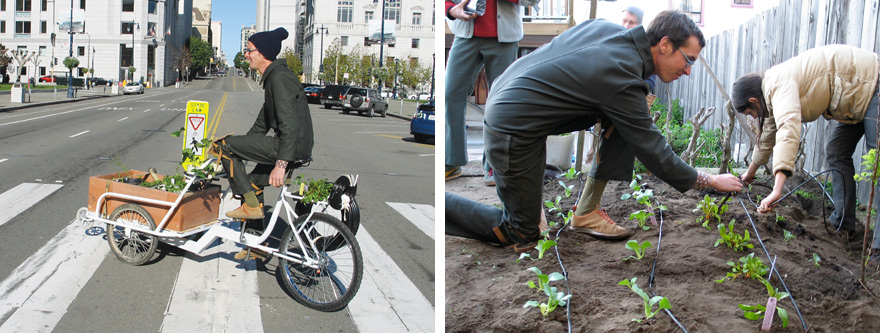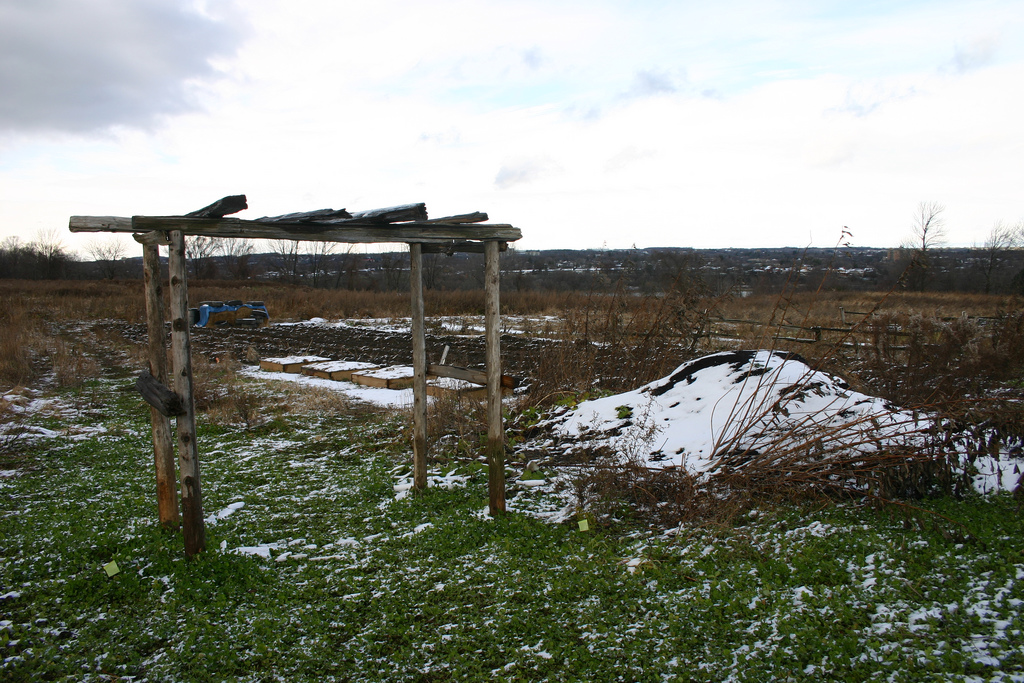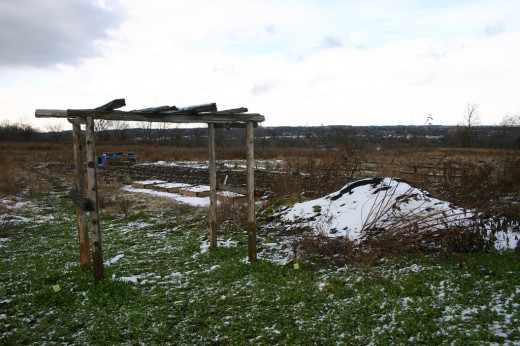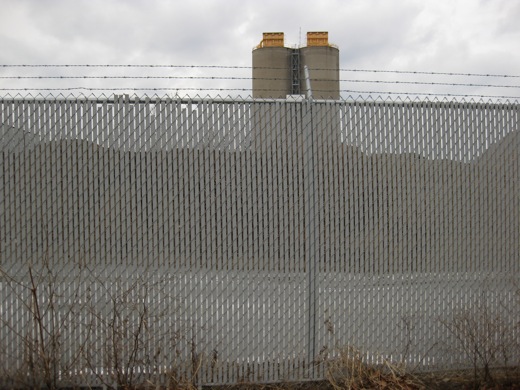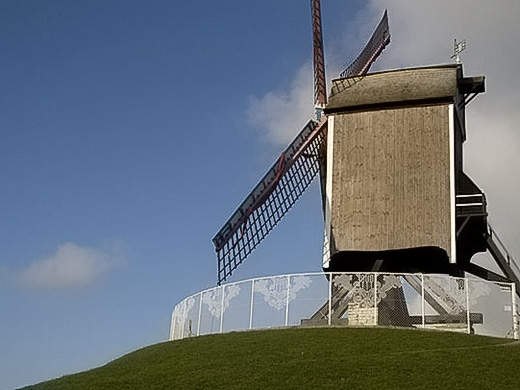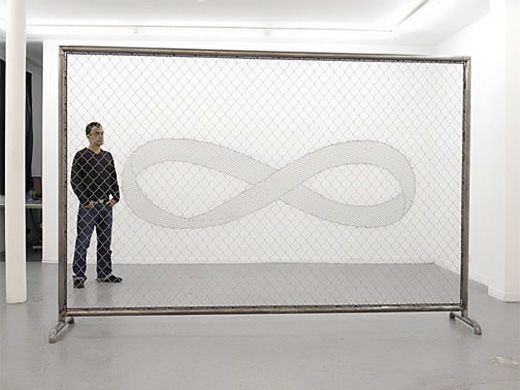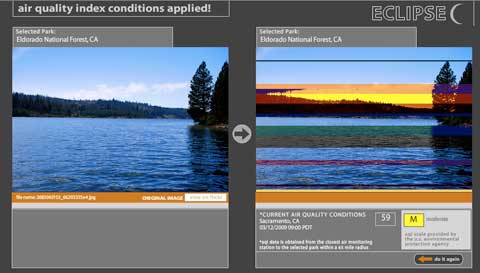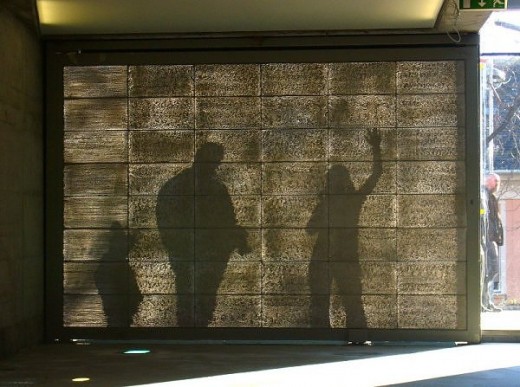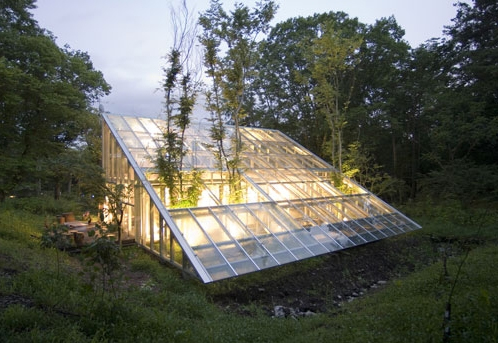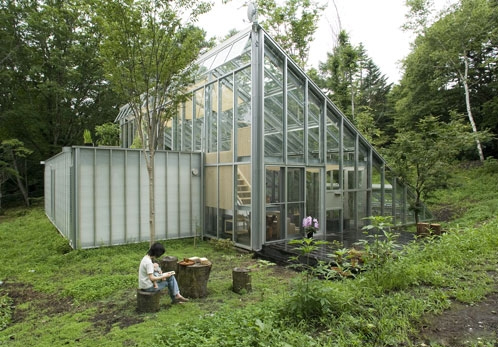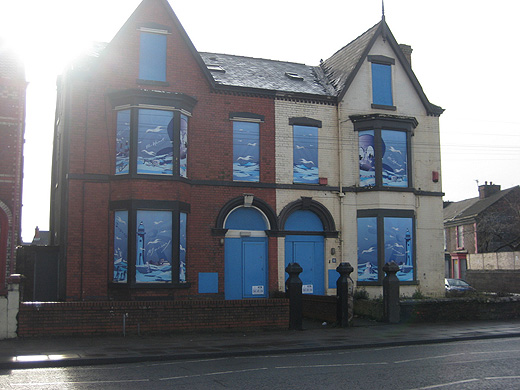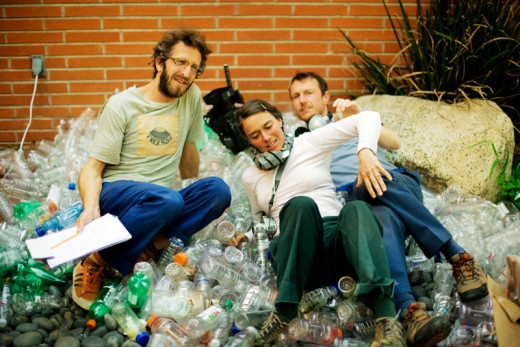
Amy Franceschini of San Francisco, is a contemporary American artist and designer who’s practices span from drawing, painting, sculpture, design, net art, public art and gardening. She teaches media theory and practice courses at both Stanford University and San Francisco Art Institute.
In 1995, she founded Futurefarmers as a way to bring together multidisciplinary art practitioners to bring together new work. They are, “teachers, researchers, designers, gardeners, scientists, engineers, illustrators, people who know how to sew, pattern makers, cooks and bus drivers with a common interest in creating work that challenge current social, political and economic systems.” Amy Franceschini explains, “The name [Futurefarmers] is a product of my childhood,” explaining the influences of her father, a corporate farmer and owner of a pesticide company, and her mother, a New Age type devoted to the notion of organic farming.
Continue reading “Futurefarmers: Cultivating Consciousness Since 1995”
